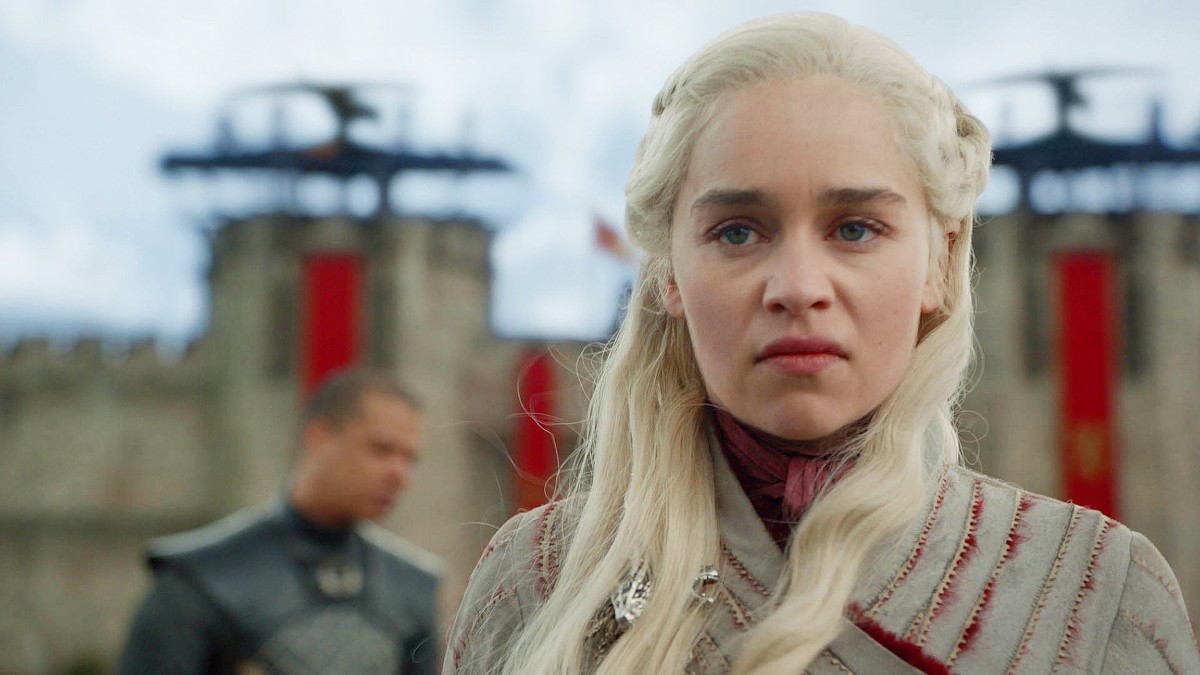This Is Exactly Why Fantasy ‘Historical Accuracy’ Doesn’t Justify Violence Against Women
This isn't my fantasy.

Historical fantasies have been a mainstay of nerd culture for decades. Fantasies set in some kind of medieval Europe-inspired land have been quintessential to the nerd experience. It’s in everything from tabletop games to novel series. Some of that fantasy goodness has trickled into mainstream pop culture over the years. And when Game of Thrones premiered on HBO in 2011, it made fantasy something almost everyone watched.
Despite the show’s popularity, there was a problem that persisted throughout the entire series. There was a consistent issue viewers had with the violence against female characters. In a lot of ways, I enjoyed House of the Dragon more than GoT because I didn’t fear for the female characters constantly.
To be fair, Game of Thrones is far from the only historical fantasy with this issue. I LOVE historical fantasy stuff and yet every time I pick up a new book or show in the genre, I worry about the violence female characters will face, especially if the author is male. When women complain about this phenomenon or avoid fantasy altogether, there is a trend online to respond with how “historically accurate” the material is. There is this prevailing opinion that we should just accept these violent acts because “that’s how it really was.”
Bookborn, a YouTuber who discusses science-fiction and fantasy novels, recently posted a video perfectly explaining why the “it’s historical” argument doesn’t really hold up.
How historically accurate is it, really?
In the video, Bookborn uses Game of Thrones as the main example of the historical fantasy discourse just because it is one of the most well-known. Several female characters face horrible abuse at the hands of men. Some are married off as children (13 years old), others are sexually assaulted, and a few are tortured before finally being murdered. When Bookborn pointed out the handling of some of these things in Game of Thrones in different video, many people commented that we all just had to deal with these graphic attacks because it was historically accurate.
Bookborn’s video fills in some historical records to clarify just how accurate these claims were. First, they point out that large age gaps between brides and grooms were more commonplace amongst the aristocrats and wealthy families. Marriage records also don’t usually state if it is the second marriage for the groom, who may have originally had a wife closer to his age. In more rural families, boys and girls were deemed ready for marriage once they hit puberty. So these marriages tended to be closer in age. Yet fantasy novels always seem to include multiple marriages of young women to old men.
Another point Bookborn makes is that sexual assault was considered a vile crime in medieval Europe. It wasn’t a place where women were expected to endure horrible treatment constantly. Women could, and did, take their abusers to court. Yes, many times the assailants faced little recourse or none at all, but it wasn’t really like historical fantasies often depict. It was probably in many instances close to what victims of sexual assault go through in modern times. Unlike kings fighting or escaping dragon fire, sexual assault is an ongoing problem in the real world. Seeing it over and over in fantasy doesn’t make it a past horror.
Continuing, Bookborn also says that medieval Europe was a terrible time for everyone to live in, especially during war. Disease and filth ran rampant. Show more of that! Men and boys were also victims of sexual assault during conquests, yet this is almost never discussed in historical fantasy. Outlander is one of the only series on television to deal with this. However, many viewers stopped watching the show due to the multiple instances of sexual assault.
Let’s remember that it is fantasy
Bookborn asks fantasy writers to keep things in mind for their new projects. Is the assault something that is necessary for the story or is it just for shock value? As an avid reader, I recommend just adding more consensual sex scenes. Those are shocking in a good way. If you have a sexual assault, you don’t have to describe it in gory detail. It’s just as effective to show the lasting trauma of the character for motivation rather than the actual event. Also, there are other terrible things that can befall a female character other than sexual assault.
At the end of the day, we are also talking about fantasy. These stories don’t have to be historically accurate. The dragons and wargs aren’t real, so why does the terrible treatment of women have to be?
(featured image: HBO Max)
Have a tip we should know? [email protected]